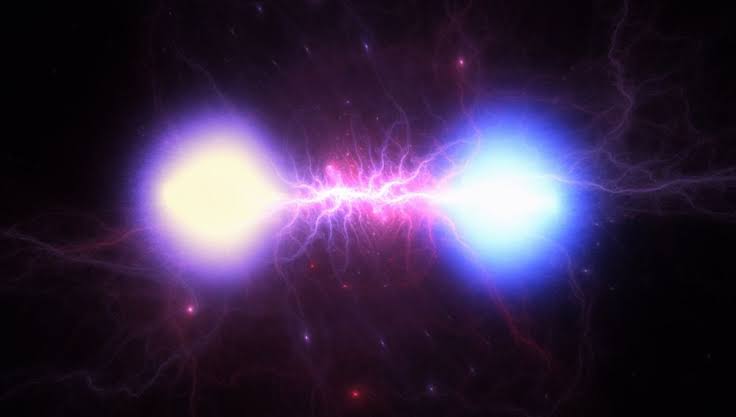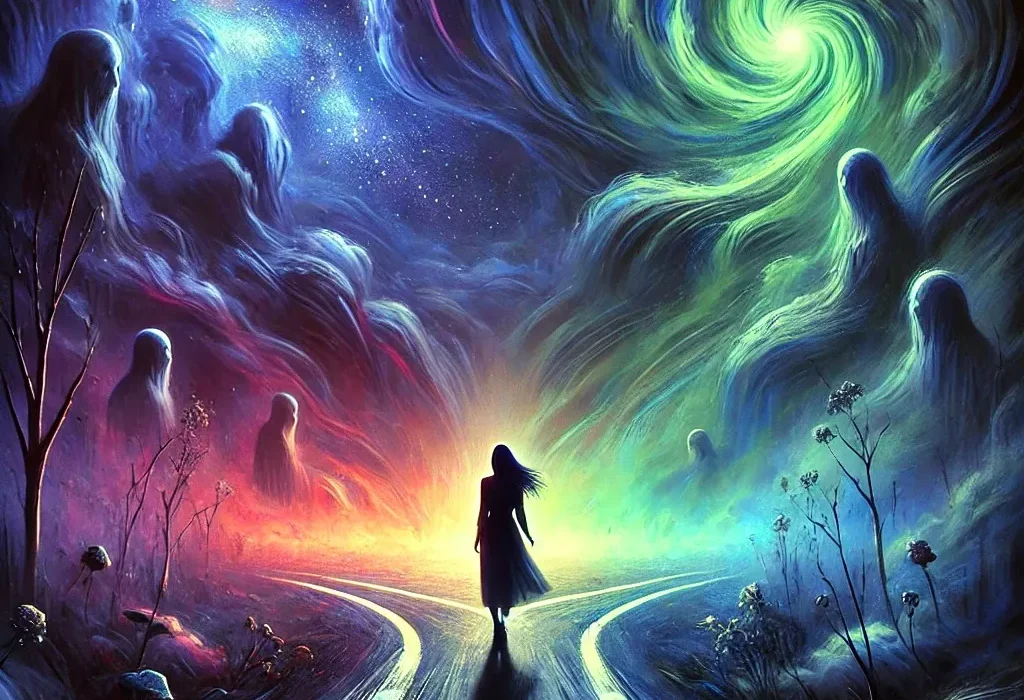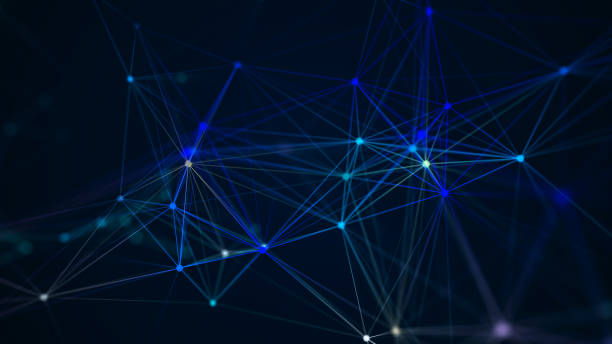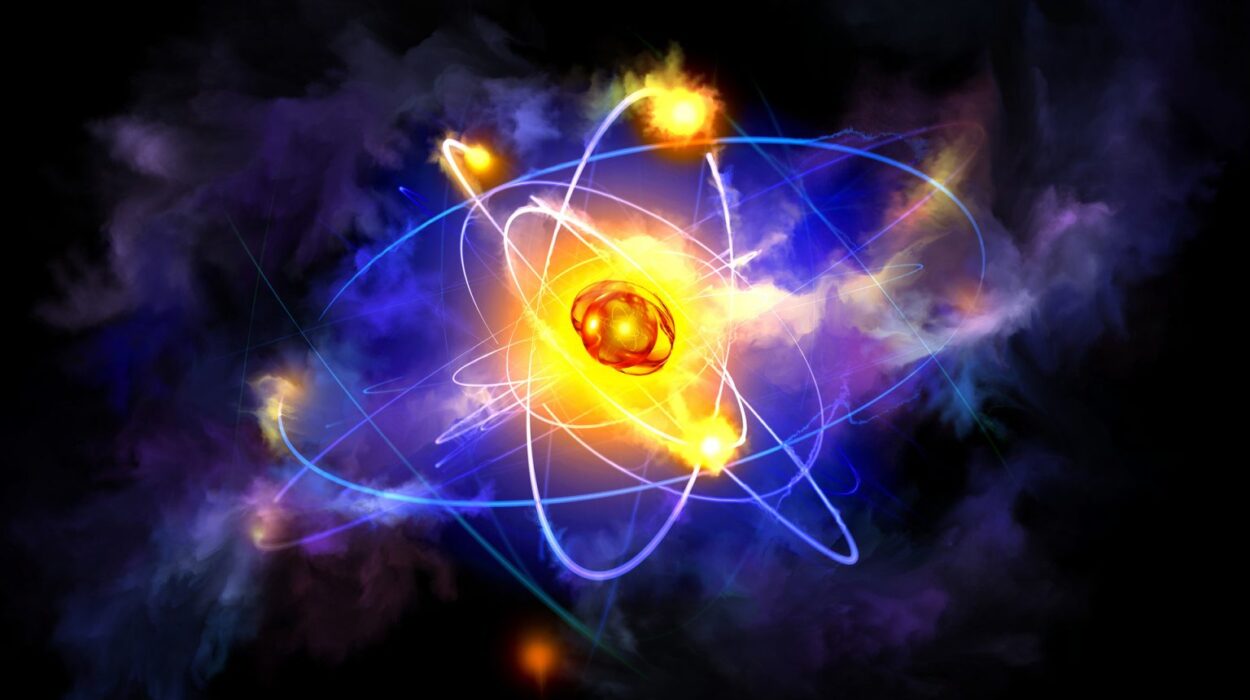There are moments in human history when an idea so strange, so otherworldly, arrives that it shakes the foundations of how we see reality. Quantum entanglement is one such idea. To the uninitiated, it may sound like an abstract puzzle reserved for physicists hunched over chalkboards. But in truth, entanglement is not only real—it is one of the deepest features of the universe, one that touches the very meaning of connection, distance, and even reality itself. To understand it is to peer into the invisible architecture of nature, where ordinary intuition gives way to a realm stranger than science fiction. And yet, as bizarre as it seems, it is also a part of our everyday world, quietly shaping technologies and offering metaphors for our most human experiences.
The Birth of a Strange Concept
Quantum mechanics emerged in the early twentieth century when scientists realized that the old rules of classical physics—rules that explained falling apples and orbiting planets—broke down in the microscopic world of atoms and subatomic particles. In that world, particles could behave like waves, probabilities ruled instead of certainties, and observation itself seemed to alter reality.
Amid this new framework, the idea of entanglement took root. It suggested that when two particles interact, they can become linked in such a way that their properties are no longer independent. Measure one, and the other “knows” instantly, no matter how far apart they are. This linking is not through any conventional signal, but through a deep correlation written into the very mathematics of quantum theory.
Albert Einstein, though one of the architects of modern physics, struggled with this idea. He famously called it “spooky action at a distance.” For him, the notion that a particle here could instantly affect one across the galaxy violated the principle that nothing travels faster than light. To Einstein, entanglement was a sign that quantum mechanics was incomplete. But decades of experiments have shown that the strangeness is real. The universe does allow such correlations, and they defy any explanation rooted in classical common sense.
Two Coins That Always Agree
To bring this down to earth, imagine flipping two coins in two different cities. Normally, the results would be independent—you might get heads in one place and tails in the other. But imagine instead that whenever you look, the results are perfectly linked. If your coin lands heads in New York, the other coin in London always lands tails. If you flip again, the correlation persists.
In ordinary life, such a correlation would suggest some hidden arrangement. Perhaps the coins were rigged beforehand to match. This is exactly how Einstein tried to explain entanglement—by proposing “hidden variables” that pre-determined the outcomes. But quantum physics resists such classical explanations. The particles are not secretly programmed in advance; their states remain undefined until measurement, and yet the results are perfectly correlated.
It is as though reality waits until the moment of observation, and only then do both outcomes crystallize in harmony, no matter the distance. The two coins are not independent objects at all but facets of a single, shared state.
The Language of Connection
At first glance, entanglement seems like a technical oddity, something only useful for academic debates. But when we step back, it reveals something profound. Entanglement shows that separateness is not absolute. Objects that were once together can remain connected even when space divides them. The universe, at its core, is not a collection of isolated parts but a web of relationships.
This idea is not just abstract philosophy. It reshapes how we think about distance, about individuality, and about the interconnectedness of all things. While entanglement does not transmit signals or allow us to cheat the speed of light, it does reveal that the universe is more holistic than our senses suggest.
Everyday Analogies That Capture the Mystery
To make sense of entanglement, it helps to lean on analogies from everyday life—though none can capture the full strangeness. One is that of a pair of gloves. Imagine placing a left glove in one box and a right glove in another. Ship one box to Paris and the other to Tokyo. The moment someone opens the Paris box and sees the left glove, they instantly know the Tokyo box contains the right. But entanglement is more mysterious than this, because in quantum mechanics the gloves are not left or right until they are observed. Before measurement, each box contains a superposition—both left and right at once—and only when one is opened do both become definite together.
Another analogy is that of two dancers. Picture them starting together, perfectly in sync. Then they are placed on different stages in different cities. When one dancer raises a hand, the other, across the world, raises the opposite hand at the same moment, even without music or signals. It is not a matter of one copying the other but of both being bound by an invisible choreography.
These analogies are imperfect, but they hint at the essence: entanglement is about shared existence, about outcomes that cannot be described independently.
The Experiments That Settled the Debate
For decades, the scientific world debated whether entanglement was real or an illusion born of incomplete theory. The breakthrough came in the 1960s with John Bell, a physicist who derived what is now called Bell’s theorem. He showed that if the world operated according to hidden variables, then certain statistical patterns should appear in experiments. If quantum mechanics was right, different patterns would emerge.
In the 1980s, Alain Aspect and his team in France conducted landmark experiments with pairs of entangled photons. Their results matched the predictions of quantum mechanics and violated the expectations of hidden-variable theories. In other words, nature truly behaves in an entangled way. Since then, countless experiments have confirmed and extended these results, even closing loopholes that skeptics once pointed to.
The verdict is clear: entanglement is not just a mathematical curiosity but a physical reality. It is written into the fabric of the universe.
The Technology of the Impossible
Though entanglement sounds exotic, it is already woven into technologies we rely on. Quantum entanglement underlies quantum cryptography, which promises unbreakable security by making any eavesdropping instantly detectable. It powers quantum teleportation, a method of transferring quantum states across distances. And it is a key ingredient in the development of quantum computers, machines that could solve problems impossible for classical computers by harnessing the parallelism of entangled states.
Consider quantum cryptography. Imagine two people wanting to share a secret code. By distributing entangled particles between them, they can create a key that is guaranteed to be secure. If an eavesdropper tries to intercept, the entanglement breaks in a way that reveals the intrusion. This principle is not hypothetical—it has been demonstrated and is already being tested for secure communication networks.
Quantum teleportation sounds like science fiction, but it does not involve transporting people or objects instantaneously. Instead, it allows the quantum state of a particle to be transferred to another particle at a distance, using entanglement as the bridge. While still in its infancy, this phenomenon is a glimpse of a future where information itself can be transmitted in ways classical physics cannot allow.
Quantum computing, perhaps the most ambitious application, uses entanglement to create states where many calculations are performed simultaneously. While still experimental, quantum computers could one day revolutionize fields from medicine to artificial intelligence, solving problems that would take classical computers millions of years.
Entanglement, once mocked as “spooky,” is now a cornerstone of tomorrow’s technology.
Beyond Science: Entanglement as a Metaphor
Even if you never touch a quantum computer or rely on quantum encryption, entanglement has something to say about the human experience. It reminds us that separateness is not absolute, that connections can endure across distance.
In a way, human relationships are a kind of metaphorical entanglement. Two people who share an experience may carry it within them long after they part ways. A parent and child, a pair of lovers, or even close friends—though separated by space, they remain linked by invisible threads of memory and emotion. Like entangled particles, their lives are not entirely independent but resonate with echoes of shared history.
While quantum mechanics is not a poetic metaphor but a precise science, the resonance is powerful. It suggests that the world itself is less about isolated objects and more about connections, patterns, and relationships.
Einstein’s Unease and Our Wonder
It is worth pausing to remember that even Einstein, the man who reshaped physics with relativity, resisted entanglement. His discomfort reminds us how radical the concept is. He believed the universe must be local—that no influence could travel faster than light—and real, with objects possessing properties independent of observation. Entanglement challenged both assumptions.
Today, we know that Einstein’s instincts about realism and locality cannot fully describe the quantum world. Yet his skepticism was essential, for it pushed others to test, to measure, and to confront the mysteries directly. The irony is that the man who gave us relativity, the ultimate theory of cosmic connection, balked at entanglement, which has now become a symbol of interconnectedness at the deepest level.
Living in an Entangled World
We may never see particles weaving patterns of entanglement with our naked eyes, but we live in their world. Our GPS satellites correct for relativistic effects, our computers rely on quantum mechanics in their semiconductors, and soon our communication may depend on entanglement-based networks.
The invisible threads of entanglement stretch across laboratories, linking photons through fiber-optic cables, reaching toward satellites, and even inspiring visions of a “quantum internet.” The dream is that one day, entanglement will allow secure global communication, information sharing, and computational breakthroughs that redefine what is possible.
But beyond applications, entanglement asks us to rethink reality itself. If particles can remain connected across galaxies, then perhaps the universe is not a stage filled with separate actors but a single unfolding play, where all parts are woven together by unseen connections.
The Mystery That Remains
Despite all the progress, entanglement remains mysterious. Physicists can describe it with exquisite precision, predict its outcomes, and build technologies upon it. Yet the question of “why” it works this way—what it means about the underlying nature of reality—remains open. Is the universe fundamentally holistic? Is space itself an illusion emerging from deeper entangled relationships? Some theories even suggest that spacetime itself may be built from entanglement, that the geometry of the cosmos is nothing more than a vast web of quantum connections.
We do not yet know. Perhaps we never fully will. But the pursuit of understanding drives us forward, as it always has.
Conclusion: The Human Meaning of Entanglement
At its heart, quantum entanglement is both a scientific truth and a philosophical invitation. It tells us that the universe is stranger, deeper, and more interconnected than our everyday senses reveal. It challenges our ideas of distance and separateness, and it offers technologies that could transform the future.
But beyond the laboratories and equations, it whispers something to the human imagination. That perhaps connection is more fundamental than isolation. That perhaps what matters most in life is not the separate particles we seem to be, but the bonds we share, the invisible threads that make us more than the sum of our parts.
In the end, quantum entanglement is not just about particles. It is about us. It is about recognizing that the universe is, in some profound sense, a shared story. And we, entangled beings ourselves, are forever part of its unfolding.






